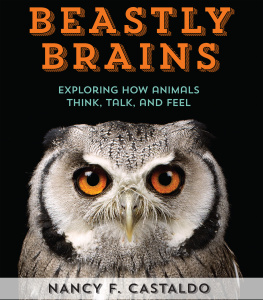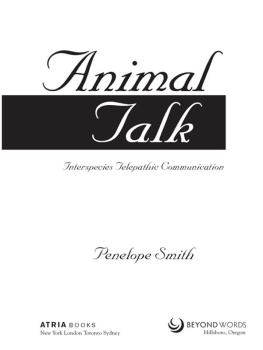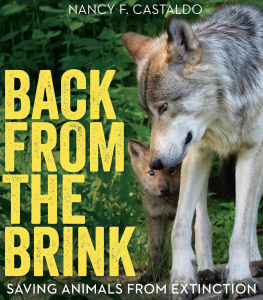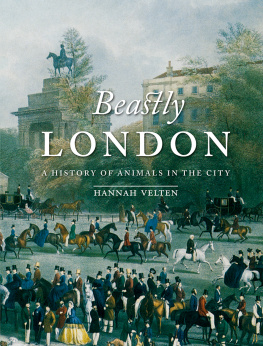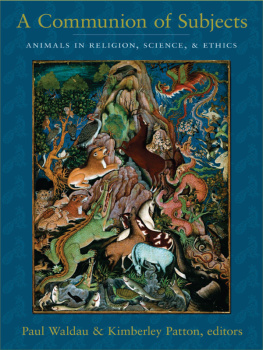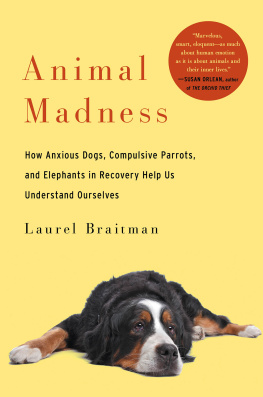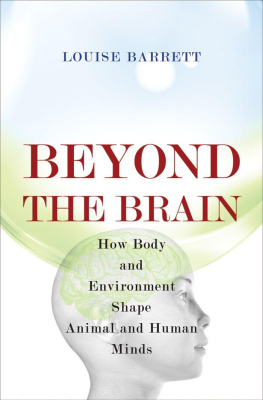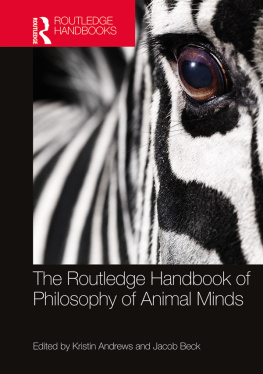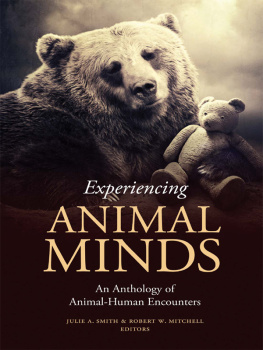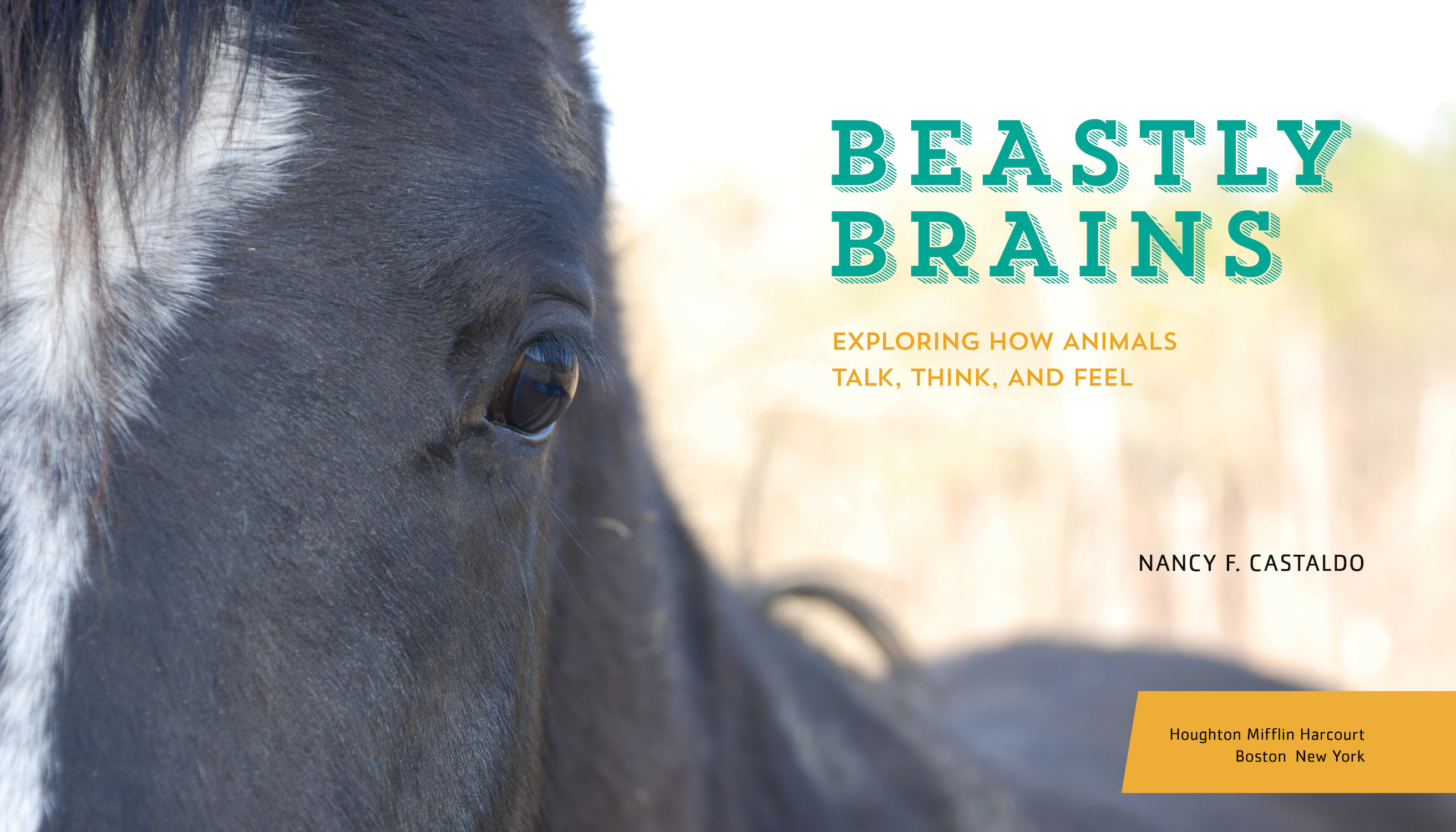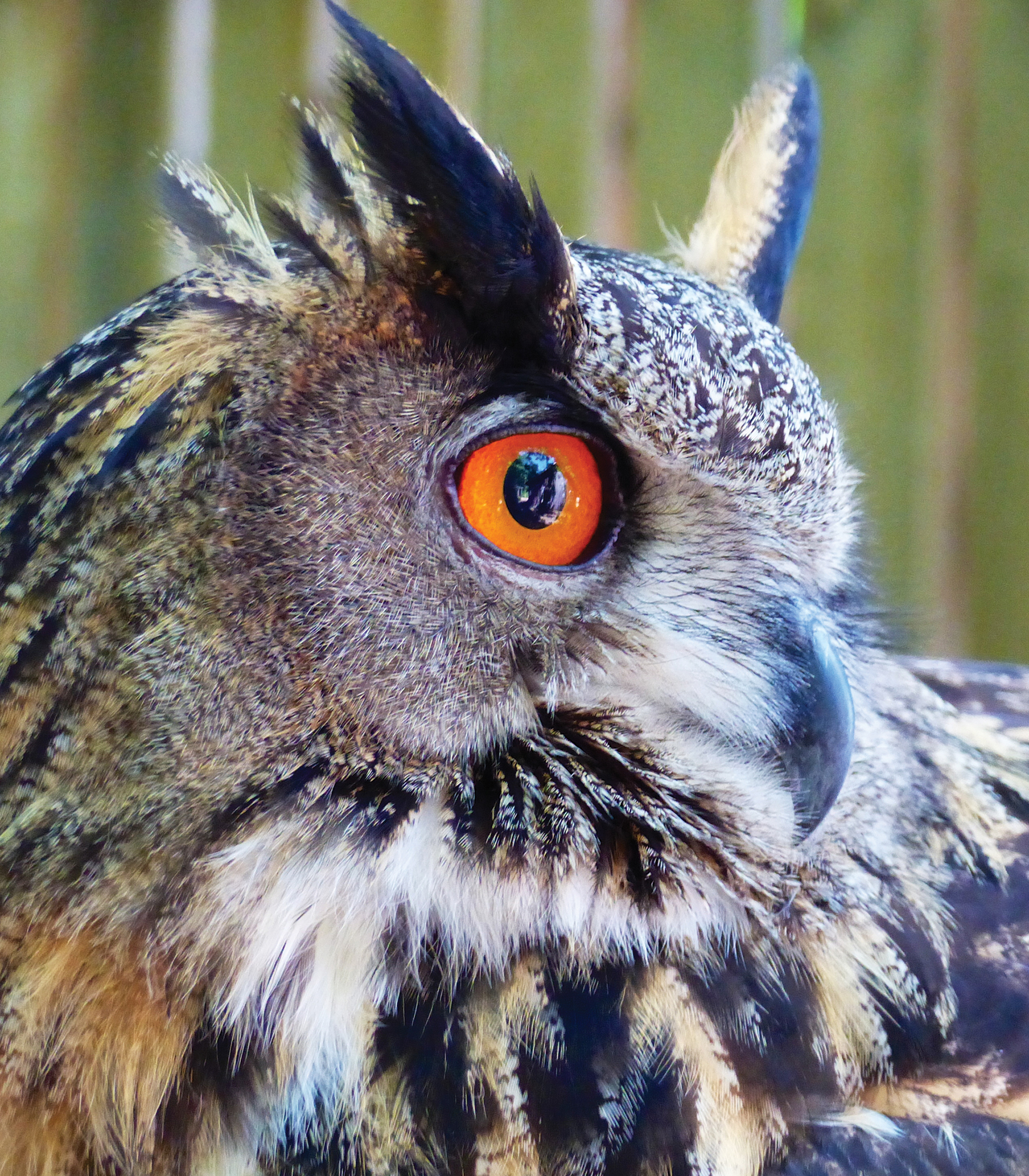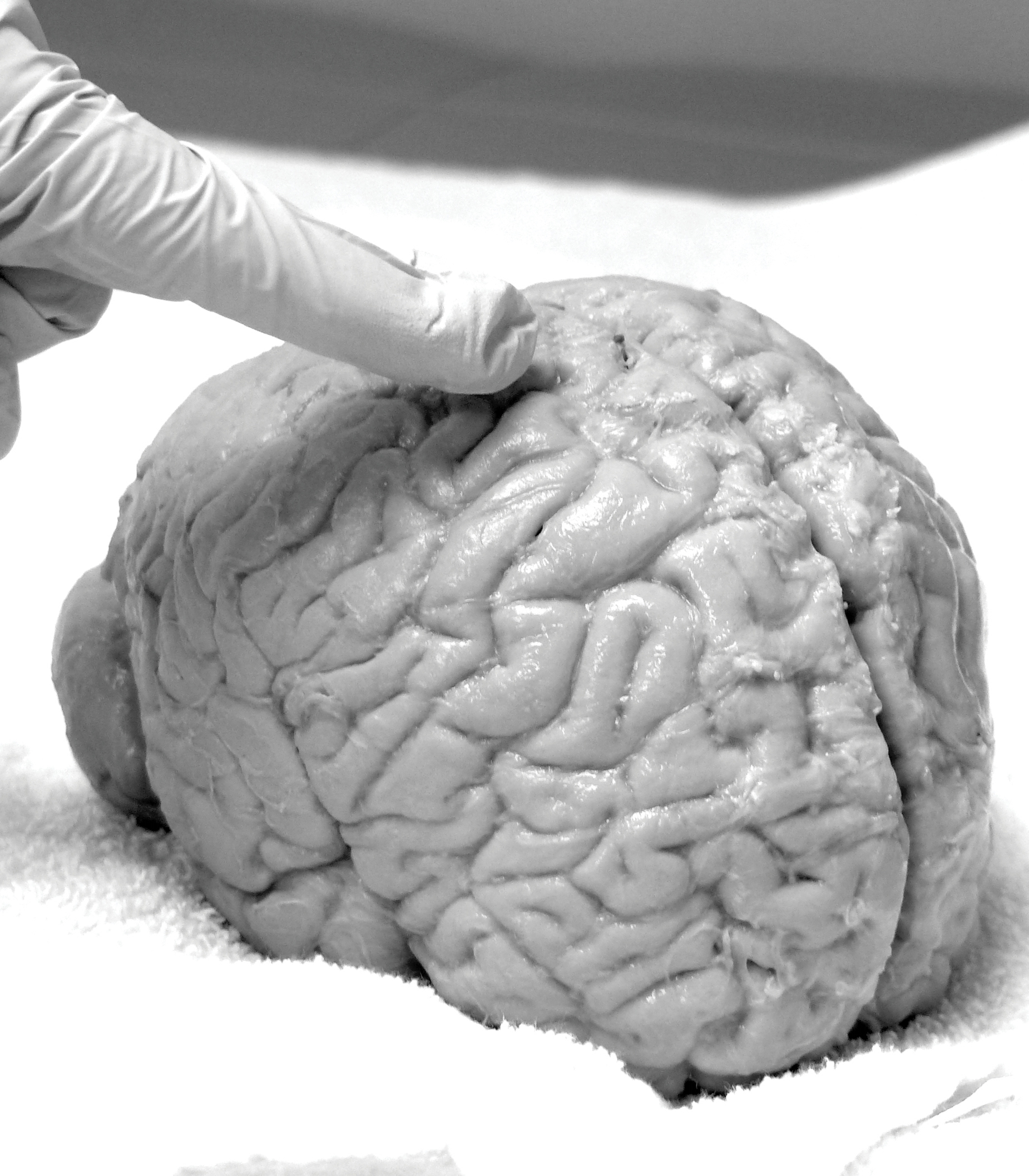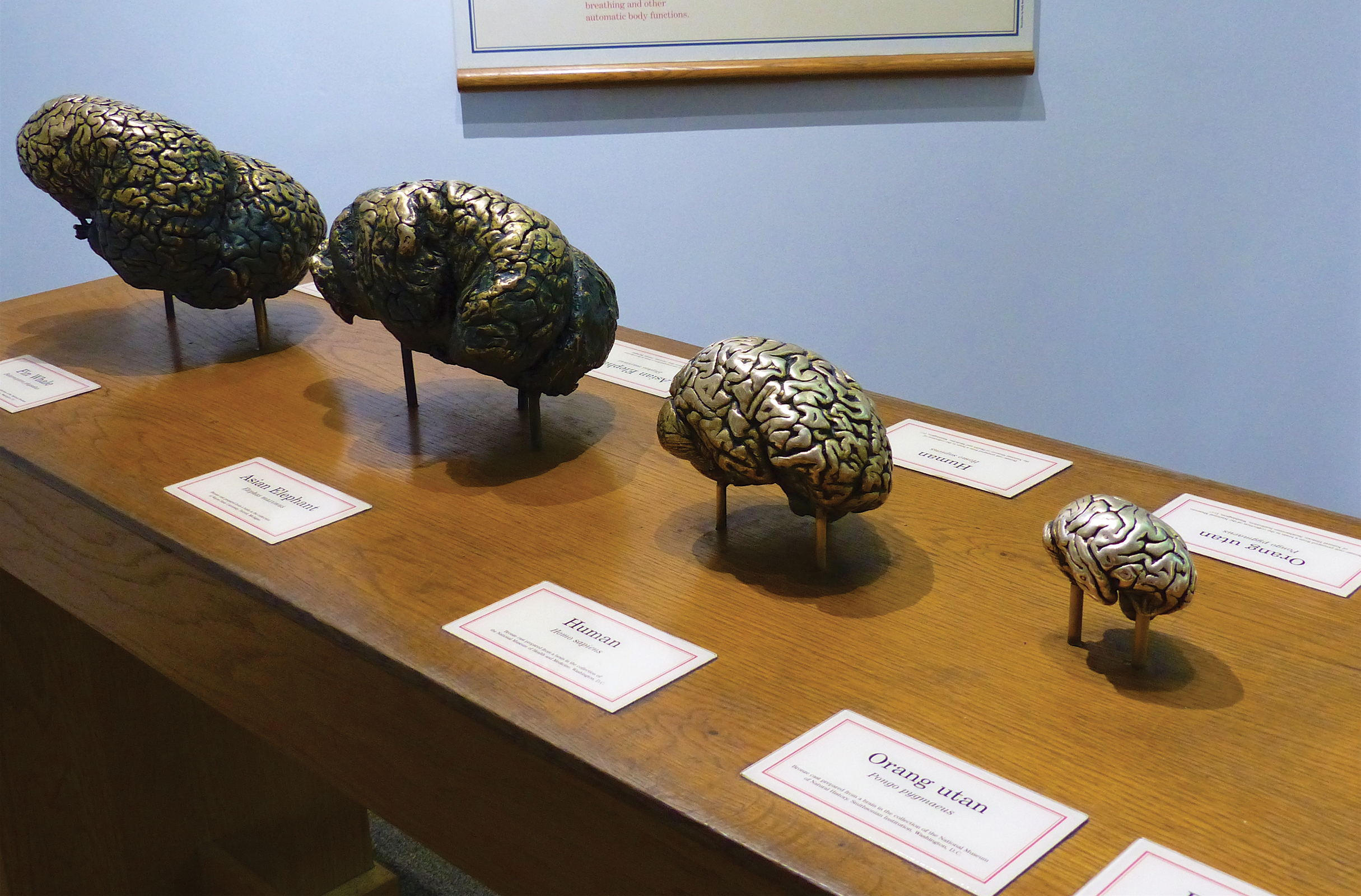This display depicts the relative sizes of brains, the largest being the fin whale, and the human brain between the elephants and the orangutans.
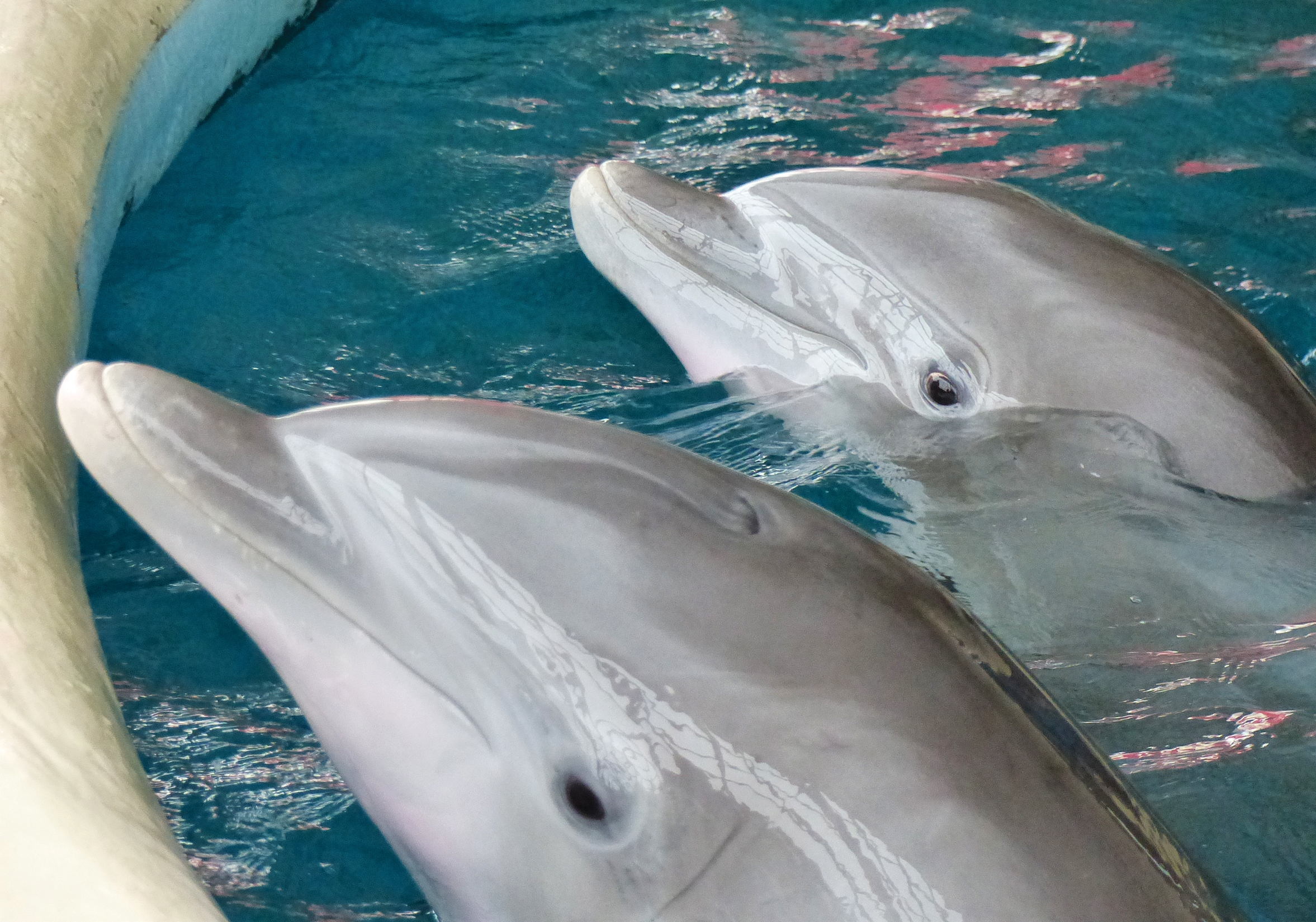
The EQ of a human is 7. Dolphins have an EQ of 4.2, closer to ours than any other animals.
According to Dr. Julie Pilitsis, an Albany Medical Center faculty physician in the Division of Neurosurgery, our brains are even larger in relation to our bodies when we are children, although they arent yet fully developed. Experts suggest that our human brain doesnt fully mature until we are in our mid-twenties. All of the experiences you have and the behaviors you encounter up to that age may impact the formation of your brain.
Dr. Pilitsis points to the different sections of the preserved human brain resting in front of her on the table. Were born with this blob of a brain and then it further develops, she says. She compares it to a house. We are born with the basic architecture, but the other aspects you fill it with make it a house. Its the same with your brain.
We know a great deal about the human brain, but that knowledge is just a fraction of what there is to learn. For example, we know that the front part of our brain helps us make decisions, but we dont understand all the circuitry involved. Scientists and medical doctors, such as Dr. Pilitsis, are working every day to discover more and more about what makes us tick.
But this isnt a story about our human brains; its about the brains of our fellow animals, and how they think and feel.
Animals have those same support beams like we have in our brain, but different walls and furnishings, Dr. Pilitsis says, comparing our human brains to those of other animals.
As scientists work to uncover more about the brains of animals, they also find out additional information about human beings. Learning about how animals think and feel might make us look at them a bit differently. Are you up for the challenge?
From Machine to Thinking Animal
HOW SMART ARE ANIMALS?
You know your dog is smart. He might be able to ring a bell on a door to let you know he wants to go out, or he can find that tennis ball you threw to him last summer. He might even recognize some of the names of his toys. But did you ever wonder... just how smart is he? And how smart are other animals? Its possible that animals understand and feel emotion more than we think they do.
There are many questions about animal intelligence. Do animals share? How do they communicate with each other? What do they see when they look into a mirror? These are just a few. Questions are the starting blocks in the race of science.
Through research we know that monkeys steal. Crows recognize faces and use tools. Dolphins have a complex vocabulary. Rats demonstrate compassion. Dogs feel jealousy. And a hive full of honeybees makes decisions the same way we do via the neurons in our brain.
But those discoveries are recent. It might be hard to believe, but it wasnt long ago that animals were thought to be similar to machinesbeings without thoughts or feelings, like the engine in a car.
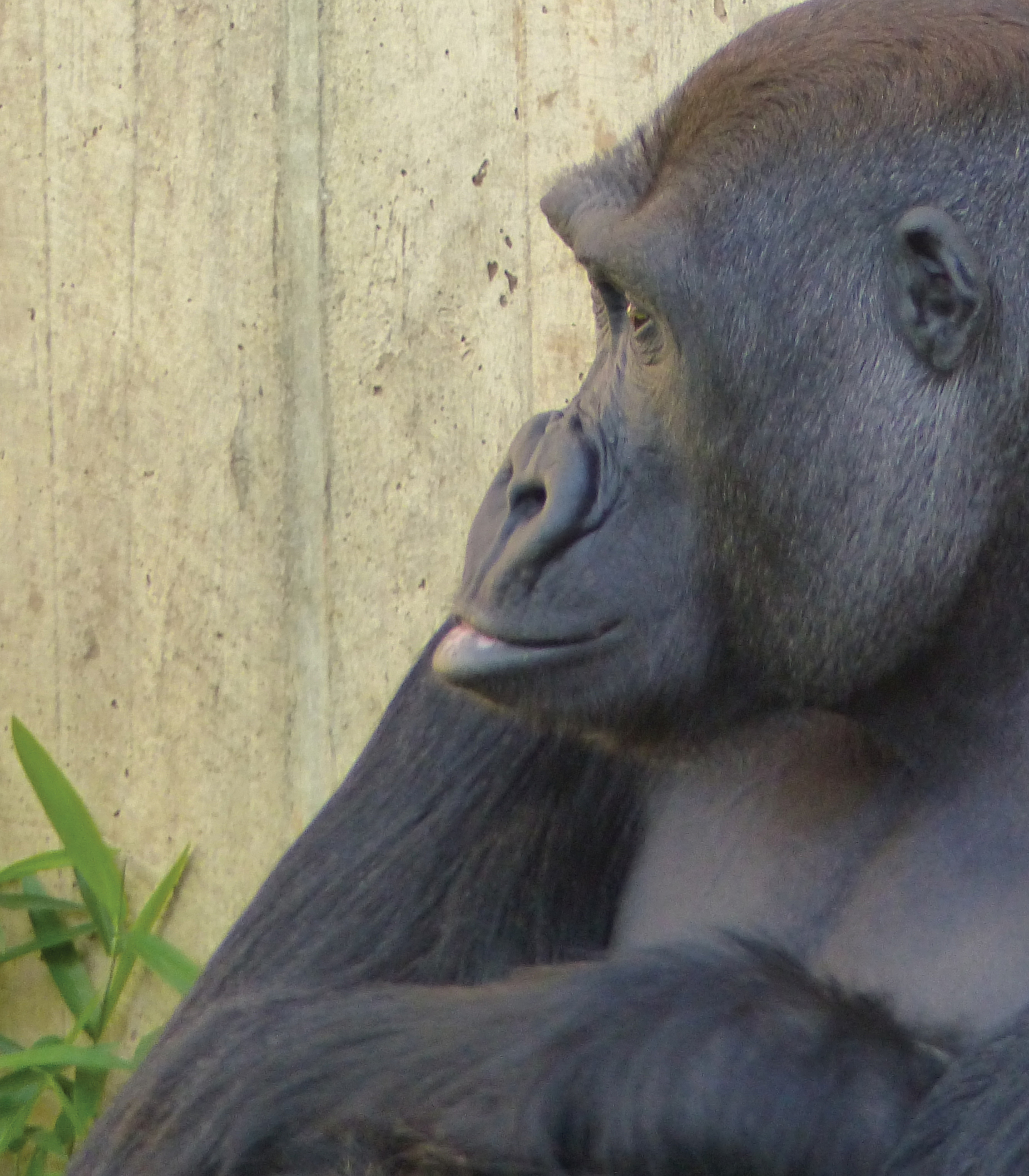
What is this gorilla thinking as he sits against this wall?
A few scientists, such as Charles Darwin, thought otherwise and moved our thinking forward.
DARWINS BRAINY EARTHWORMS
Charles Darwin sat with his son, Francis, in a field outside his country home near London. The two were studying earthworms in the dim evening light.
Darwin was convinced the worms were turning over the soil, chewing it up and pooping it out. He believed this behavior was making the soil more fertile.
As he watched the worms drag leafy matter to plug up the holes to their burrows, he observed that sometimes worms dragged material by the tips of their bodies and sometimes by their middle section. Even in the low light Darwin could see that the segmented worms handled the leaves and needles differently at times.
He concluded that instinct or natural impulse led the worms to seal their burrows, but something else entirely was motivating the way they moved the material. If it wasnt instinct, what was it?

